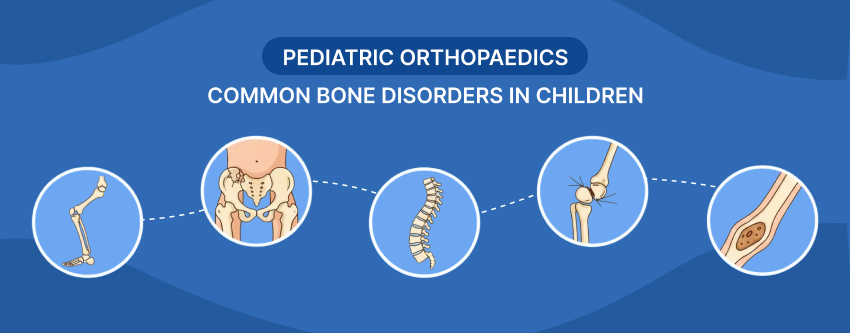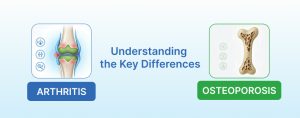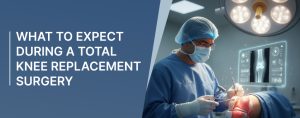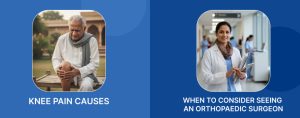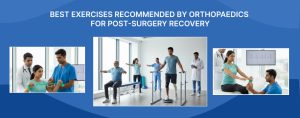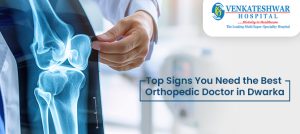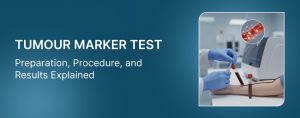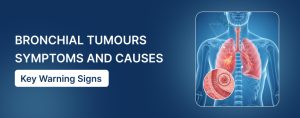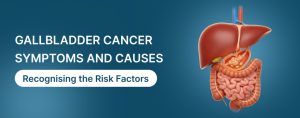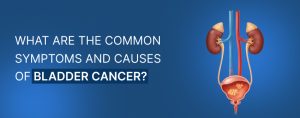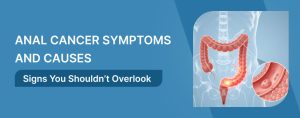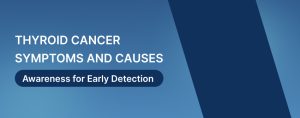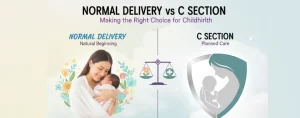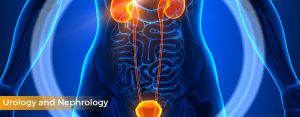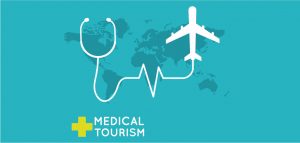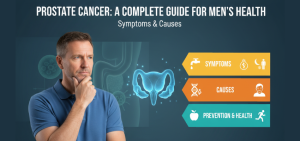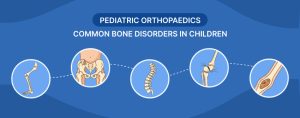Children are naturally active, and their growing bones and joints are more vulnerable to injuries and developmental conditions than those of adults. According to studies, around 1 in 5 children experience musculoskeletal problems, ranging from fractures and flat feet to congenital disorders such as clubfoot or developmental dysplasia of the hip. Early recognition of these issues is crucial, as untreated conditions can affect mobility, posture, and long-term health. Paediatric orthopaedics is a specialised field dedicated to diagnosing and treating such conditions, ensuring children grow with strong and healthy bones.
At Venkateshwar Hospital, the Department of Paediatrics and Neonatology provides comprehensive care for children and adolescents. Equipped with advanced PICU and, the team of paediatricians and orthopaedic specialists offers personalised treatment and early intervention for common paediatric bone disorders, promoting proper growth and overall well-being.
Understanding Pediatric Orthopaedics
Paediatric orthopaedics is the branch of medicine that focuses on diagnosing and treating bone, joint, and muscle problems in children. Unlike adults, children’s bones are softer, more flexible, and continuously growing, which makes them more prone to specific injuries and conditions. Because of this, children require specialised care and treatment approaches that support healthy growth and development. This speciality covers children from birth through late adolescence, addressing a wide range of issues, including congenital conditions, growth-related problems, injuries from falls or sports, and deformities. Early detection and timely intervention are essential to ensure proper skeletal development and prevent long-term complications.
Common Pediatric Bone Disorders: A Detailed Overview
Children can develop a range of bone and joint conditions, some present from birth and others that appear as they grow or participate in activities. Early recognition and proper care help support healthy growth and prevent complications. The following are the most common paediatric bone disorders, along with their causes, symptoms, and treatment options.
1. Fractures and Dislocations in Children
Fractures and dislocations are among the most common reasons parents consult a paediatric orthopaedist.
- Causes: Falls during play, sports activities, or accidents.
- Symptoms: Pain, swelling, bruising, and difficulty moving the affected limb.
- Diagnosis and treatment: X-rays usually confirm the fracture. Treatment may involve casting or immobilisation. Most fractures heal well without surgery, though severe or complex fractures may require surgical intervention.
2. Supracondylar Humerus & Epiphyseal Injury
Supracondylar humerus fractures are one of the most common elbow injuries in children, while epiphyseal (growth plate) injuries can affect normal bone growth if not treated promptly. Both conditions require immediate medical attention to prevent long-term complications.
- Causes: Falls on an outstretched hand, sports injuries, or accidents are the most frequent causes. These injuries often occur in active children aged between 5 and 10 years.
- Symptoms: Severe pain, swelling around the elbow or affected joint, visible deformity, and restricted or painful movement. In some cases, numbness or weakness in the hand or fingers may occur due to nerve involvement.
- Diagnosis and treatment: Diagnosis is confirmed through X-rays or other imaging tests. Mild cases may be managed with immobilisation using a cast or splint, while severe or displaced fractures often require surgical intervention with pins or wires. Epiphyseal injuries need careful management to protect the growth plate and ensure proper bone development.
3. Congenital Conditions
Some children are born with bone or joint differences that may affect normal growth and movement. Early diagnosis and timely treatment can help correct these conditions effectively.
Clubfoot (CTEV)
- A birth defect where the foot twists inward.
- Early intervention, such as the Ponseti method (as explained by apex-hospital.co.in), often corrects the condition.
- In severe cases, surgery may be required.
Developmental Dysplasia of the Hip (DDH)
DDH occurs when the hip joint forms abnormally. Early ultrasound screening enables treatment with a Pavlik harness or surgery in severe cases.
- Occurs when the hip joint does not form properly.
- Early ultrasound screening in newborns is vital.
- Treatment includes devices such as the Pavlik harness or, in advanced cases, surgery.
Scoliosis
Scoliosis is an abnormal spine curvature that may require monitoring or treatment like bracing, physiotherapy, or surgery, depending on severity.
- Abnormal curvature of the spine.
- Types include congenital scoliosis and adolescent idiopathic scoliosis.
- Signs include uneven shoulders or hips.
- Treatment may involve observation, bracing, physiotherapy, or surgery, depending on severity. Mild scoliosis rarely affects daily activities, but moderate to severe cases need specialist management.
Neuro Muscular Causes (Cerebral Palsy)
Cerebral Palsy (CP) affects muscle tone, movement, and posture due to damage to the developing brain before, during, or shortly after birth.
- Results from injury or abnormal brain development affecting muscle control.
- Leads to stiffness, weakness, or involuntary movements.
- Signs include delayed motor milestones, abnormal walking pattern, or tight muscles.
- Diagnosis is made through neurological assessment and imaging tests such as MRI.
- Treatment includes physiotherapy, occupational therapy, orthotic support, medications, and surgery in selected cases.
- Early therapy helps improve mobility, function, and independence.
Disorders of Bone Growth and Development
Some children may experience issues with the way their bones grow or develop, which can affect alignment, strength, or mobility. Understanding these conditions and seeking timely care helps ensure children achieve healthy growth and maintain proper function.
1. Blount’s Disease
- Caused by growth plate abnormalities, often linked with obesity.
- Results in the bowing of the legs.
- Treatment includes braces or surgical correction.
2. Knock Knees and Bow Legs
- Normal at certain ages: bowlegs usually correct by age 2–3, knock knees by age 7.
- Persistent or worsening deformities should be evaluated by a paediatric orthopaedist.
3. Leg Length Discrepancy
- Occurs when one leg grows longer than the other.
- It can lead to walking difficulties and posture problems.
- Treatment options range from shoe lifts to surgery, depending on severity.
Other Common Pediatric Bone Conditions
Apart from growth-related and congenital issues, children can experience a variety of other bone and joint problems. Recognising these conditions early and getting appropriate care helps maintain healthy development and mobility.
1. Osgood-Schlatter Disease
- Common in adolescents engaged in sports.
- Caused by stress on the knee’s growth plate.
- Symptoms include pain and swelling below the kneecap.
2. Juvenile Idiopathic Arthritis (JIA)
- An autoimmune condition leading to joint stiffness, swelling, and pain.
- Requires long-term management with medication and physiotherapy.
3. Osteomyelitis (Bone Infections)
- Bacterial infections that affect bone tissue.
- Symptoms include fever, local pain, and swelling.
- Treated with antibiotics or surgery if severe.
4. Bone Tumours in Children (Ewing sarcoma/Osteoid osteoma)
- It may be benign or malignant.
- Early detection is crucial for effective treatment.
5. Growing Pains
- Harmless aches, usually in the legs, occur every day at night.
- A specialist should check for persistent or severe pain.
6. Overuse Injuries
- Common in young athletes.
- Include sprains, strains, and stress fractures.
- Rest, proper training, and medical guidance are essential in recovery.
7. Flat Feet in Children
- Flat feet are standard in young children and usually resolve as the child grows.
- If the condition persists and causes pain or walking difficulties, treatment such as orthotics or physiotherapy may be suggested.
8. Equinus Deformity
- A condition where the upward movement of the ankle joint is limited, causing the child to walk on their toes.
- Can result from tight calf muscles, shortened Achilles tendon, or neurological conditions such as Cerebral Palsy.
- Treatment may include stretching exercises, physiotherapy, orthotic devices, or surgery in severe cases.
9. Septic Arthritis Hip (M/C/C of Limp in Children)
- A bacterial infection within the hip joint causing pain, swelling, and difficulty walking.
- Usually accompanied by fever and refusal to move the affected leg.
- Requires urgent medical attention with antibiotics and surgical drainage to prevent joint damage.
10. Perthes Disease
- A condition where blood supply to the femoral head (hip bone) is temporarily reduced, causing bone weakening.
- Common in children aged 4–10 years.
- Symptoms include limp, hip or knee pain, and restricted hip movement.
- Treatment involves rest, physiotherapy, bracing, or surgery depending on the severity and stage of the disease.
11. Slipped Capital Femoral Epiphysis (SCFE)
- A condition where the upper end of the thigh bone slips from the hip joint growth plate.
- Usually occurs during rapid growth in adolescence.
- Causes hip, thigh, or knee pain and limping.
- Early diagnosis is important to prevent further slippage and long-term joint damage.
- Treated with surgery to stabilize the joint and prevent complications.
When to See a Pediatric Orthopaedic Specialist?
Parents should consider consulting a paediatric orthopaedic doctor if their child experiences:
- Persistent bone or joint pain
- Difficulty walking or limping
- Uneven leg length or restriction of movements
- Severe injuries or recurrent fractures
- Signs of spinal curvature or posture abnormalities
- Fever, swelling, or redness of joints
- Deformities (CTEV, Equinus)
- Genu Valgum/ Genu Varum/ Flat Foot/ Cubitus Varus/ Cubitus Valgus
Parents should consult a paediatric orthopaedic doctor if their child has persistent bone or joint pain, difficulty walking, uneven leg length, severe injuries, spinal curvature, or swollen joints. Early evaluation supports proper growth and development. Venkateshwar Hospital provides specialised paediatric orthopaedic care with advanced diagnostics, personalised treatment plans, and collaboration with paediatric neurology, endocrinology, and surgery, ensuring comprehensive care and round-the-clock support.
Conclusion
Awareness of the common paediatric bone disorders helps parents recognise potential issues early. Timely consultation with paediatric orthopaedic specialists can make a significant difference in a child’s development and overall quality of life.
Frequently Asked Questions
1. What are the most common bone disorders in children?
Some of the most common bone disorders in children include fractures, flat feet, clubfoot, knock knees, bow legs, scoliosis, developmental dysplasia of the hip (DDH), and sports injuries. While many of these conditions improve on their own, some require specialist evaluation and treatment to ensure normal growth.
2. Can clubfoot be treated without surgery?
Yes, in many cases, clubfoot can be treated without surgery. A widely used method is the Ponseti technique, which involves gentle manipulation and casting of the foot during infancy. If the condition is severe or does not respond to conservative methods, surgery may be considered by the specialist.
3. Is flat foot a problem in toddlers?
Flat feet are widespread in toddlers and often improve naturally as the child grows. However, if flat feet cause pain, difficulty in walking, or other discomforts, it is advisable to seek medical advice from a paediatric orthopaedist to check whether treatment is necessary.
4. When should a child see a pediatric orthopaedic specialist?
Parents should consult a paediatric orthopaedic doctor if their child experiences persistent pain, limping, difficulty walking, spinal curvature, uneven leg length, or repeated injuries. Early consultation helps in diagnosing and treating the problem effectively before it affects growth.
5. How is DDH diagnosed in infants?
Developmental dysplasia of the hip (DDH) in infants is usually detected through a physical examination shortly after birth. In many cases, an ultrasound of the hip joint is used to confirm the diagnosis. Early identification is essential because treatment is more effective when started at a younger age.
6. Can juvenile arthritis be cured?
Juvenile idiopathic arthritis (JIA) does not have a complete cure, but its symptoms can be managed with treatment. Medical care aims to reduce pain, prevent joint stiffness, and support normal development. Regular follow-ups with specialists and appropriate therapy can help children lead active and healthy lives.
Medically Reviewed by — Dr. Vibhore Singhal ( Director – Joint Replacement, Robotics & Orthopedics )
